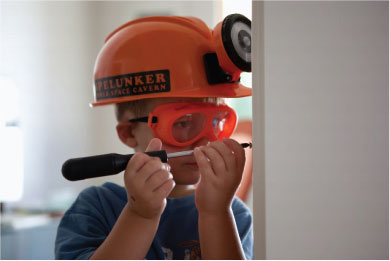It is very important that commercial roof areas are sufficiently saved with fall protection systems. If a person has to do maintenance work on the air conditioner which is located on the roof, for example, it is possible that he has to work close to the edge of the roof and thus likely to fall. The implementation of these measures can be done in different ways. Either one uses railings, trusses or a fall protection system in which the person applies a safety harness via a connecting device to the anchor. In the following, we want to take a look at the last method described. Usually these systems are very well planned and installed, but almost no one does think about how a person is rescued in the event of a fall.
Most existing system have been very well planned and installed by experts. But once the system is installed, most of the people don’t think about the rescue situation. What happens in the case of a fall, when the person dangling in the rope suffers huge pain? How much time do I have for the rescue and especially HOW do I save the person? Can the person be lowered or is there liquid beneath the person which makes this kind of rescue impossible? How do I get to the person?
The time frame is very short. After 15-20 minutes suspension trauma can occur, this can have serious consequences and can even bring death with it. Because of the helplessness, the victim is exposed to a lot of stress. Stefan Beckers, who was brought in a practical situation in the course of a test, said: “After I hung for 10 minutes in the rope I had excruciating pain at the pinch points. I tried everything to reduce the pain; I even had the outlandish idea to cut the rope just to reduce the pain.”
Considering these facts, you should be aware how the person will be rescued. There are several possibilities. Either one is approaching the person from the bottom (with a forklift or similar) or you rappel the person, because the raising of the person who might even hang lifeless in the belt, is almost impossible. A descender allows to abseil the fallen person at a low speed.
To give the victim more time and protect them from the intense pain, it is recommended to use so-called trauma loops. These loops are attached to the harness and triggered in an emergency. The fallen person can stand up in the loops and thus relieve the pressure on the legs.
No matter what kind of rescue is used; in the end it is of great importance to be aware of the type of rescue and a rescue plan should be created all the time.
Our thanks to Lino Piva of www.abs-fall-protection.com for bringing this important information to our attention. Fall protection is of the utmost importance; however, as he points out, the quick rescue of the person is vital. pb

